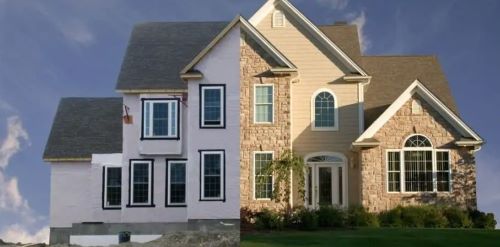

Fix-and-flip projects have gained immense popularity. Investors buy properties that need renovation, make improvements, and then sell them for a profit. For many of these investors, securing financing is a crucial step, and lenders play a pivotal role in this process. If you’re considering becoming a fix-and-flip real estate lender, you have several options to explore. Here’s a comprehensive guide to the primary lending avenues available to you.
Hard Money Loans
Hard money loans are a popular choice for fix-and-flip investors due to their flexibility and speed. These loans are typically short-term and are secured by the property itself rather than the borrower’s creditworthiness. This means that the approval process can be quicker, making it ideal for time-sensitive projects. Hard money lenders tend to charge higher interest rates and fees when compared to traditional loans, reflecting the increased risk associated with these loans. However, going to a hard money lender in Texas can be an excellent option if you have a high-risk tolerance and are looking for fast returns.
Private Money Loans
Private money loans come from individuals rather than institutional lenders. These investors might include friends, family, or acquaintances who are looking for a higher return on their money compared to traditional investments. The terms of private money loans can be more flexible and negotiable, and they may come with lower interest rates than hard money loans. However, private money lending involves a personal relationship, which can add complexity to the arrangement. It’s important to clearly define the terms and expectations to avoid potential conflicts.
Bridge Loans
These are short-term loans that are designed to “bridge” the gap between a property purchase and its eventual sale. They are particularly useful when an investor needs immediate funding to purchase a property before they sell another one. Bridge loans can be a good option for fix-and-flip projects if the investor is confident about the property’s resale value. They typically come with higher interest rates and charges, but they provide the necessary liquidity to capitalize on time-sensitive opportunities.
Traditional Bank Loans
Traditional bank loans are a more conservative option for fix-and-flip projects. They usually offer lower interest rates when you compare them to hard money or private money loans. However, getting a traditional bank loan can be more challenging due to stringent credit requirements and longer approval processes. Banks typically require a thorough assessment of the borrower’s credit history, financial stability, and the project’s viability. This option is better suited for those with strong credit profiles and a well-documented plan for the property.
Home Equity Lines of Credit (HELOC)
If you own property and have substantial equity, a Home Equity Line of Credit (HELOC) might be a viable option. A HELOC lets you borrow against the equity in your home, providing a flexible source of funding. This can be useful for fix-and-flip projects if you have existing real estate assets. HELOCs usually offer lower interest rates compared to hard money loans and can be drawn upon as needed. However, using your home as collateral carries its own risks, especially if the flip doesn’t go as planned.
Real Estate Crowdfunding
Real estate crowdfunding platforms pool money from multiple investors to finance fix-and-flip projects. This option allows lenders to invest smaller amounts of money while diversifying their risk across multiple projects. Crowdfunding can provide access to a range of real estate opportunities and offers a more passive investment approach. However, it’s essential to carefully evaluate the platform and the specific projects to ensure they align with your investment goals.
By making informed decisions, you can make the most of your returns and contribute to the success of the fix-and-flip ventures you support.


